There are hundreds of waymarked trails across the UK, and often a lot of thought goes into the artwork of their waymarkers.
So we tracked down the six we think qualify as works of art in themselves – as well as being emblematic of the amazing trails they signify. Here’s our countdown, from 6 down to 1, and we can promise the walks are all as good as the artwork.)
6. The Wessex Ridgeway
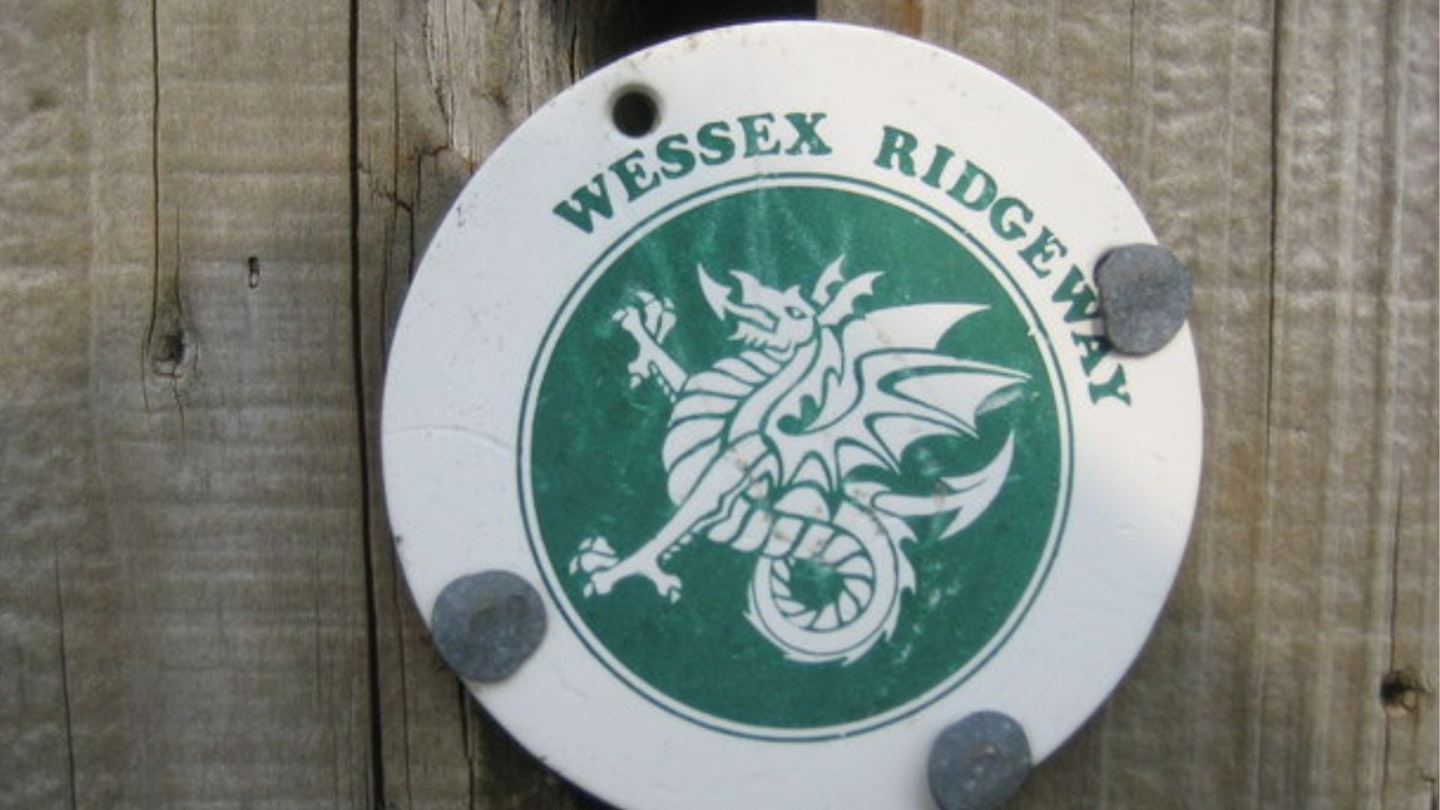
History and fable weave a rich tale on this ridge-hugging route from Dorset’s Lyme Regis to Marlborough in Wiltshire. You’ll see stone circles, white horses, hill forts, chalk giants – and wyvern after wyvern. The two-legged dragon is a symbol of Wessex and its tail is carved into wooden signs to point the way, or its full portrait held in an arrow. This trail’s 136 miles form part of the Greater Ridgeway on to the north coast of Norfolk – although the wyvern stays in Wessex.
5. Via Francigena

With a knapsack in one hand and a staff in the other, a pilgrim marks this ancient route from Canterbury to Rome. Sometimes nailed to posts, sometimes inlaid in the earth, the sign marks a 1200-mile walk documented in 990AD by Sigeric, Archbishop of Canterbury, as he travelled through England, France and Switzerland to Italy to meet Pope John XV. Like the popular pilgrimage to Spain’s Santiago de Compostela, the full way is a lengthy mission, but you can challenge the body and feed the spirit on the 19-mile section through England from Canterbury Cathedral to Dover, running alongside the North Downs Way over field and hill to the sea.
4. Nene Way
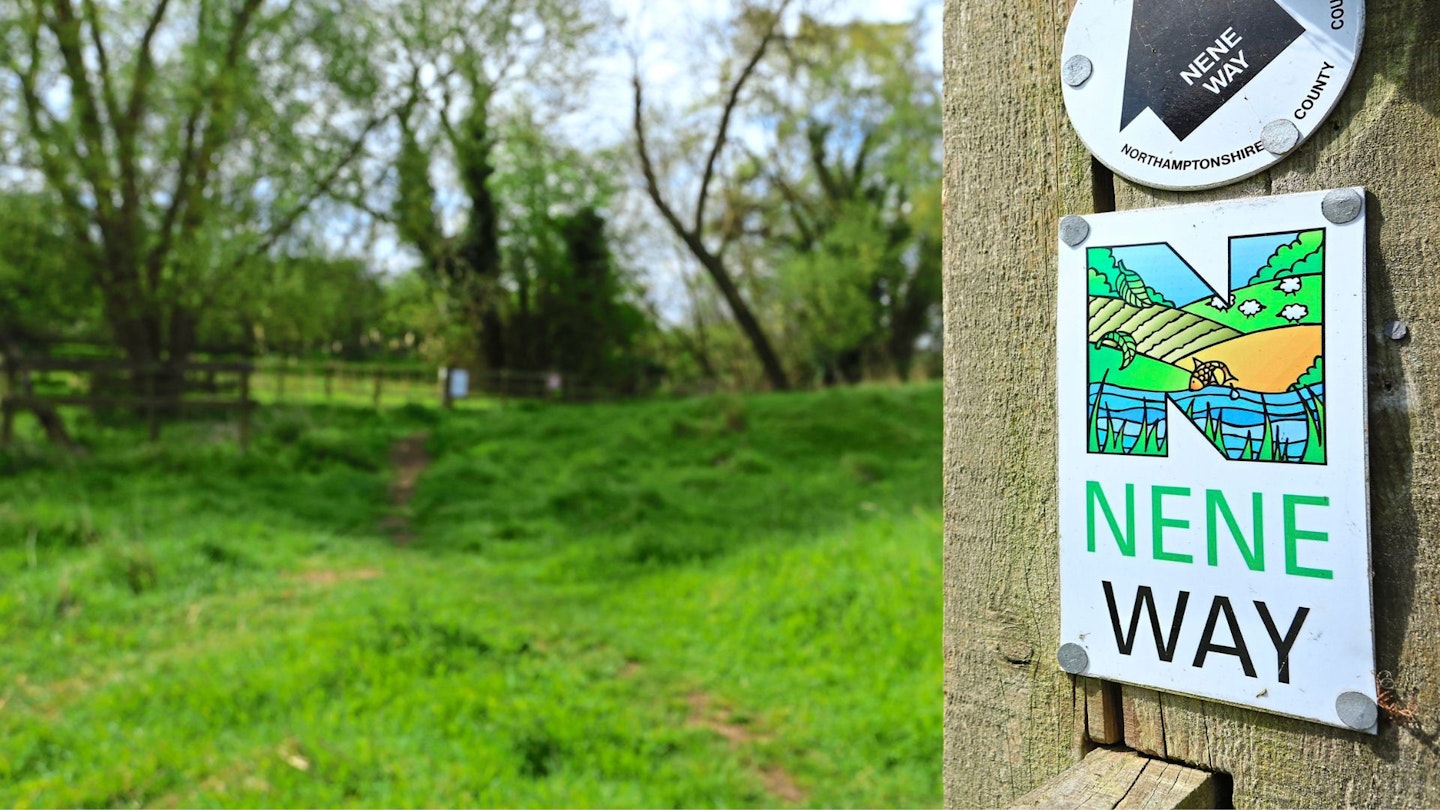
The letter N frames a pastoral idyll of fields of wheat and fluffy sheep, wooded hills, a fish leaping from a blue river – and it could have been drawn at any number of spots along this tranquil trail. From Badby in Northamptonshire, the way traces the Nene 110 miles through the low-rolling hills of the east Midlands to the Wash – beside a river loved by writers HE Bates and BB, and now by musician Nick Penny in his book Call of the Kingfisher. But make sure you say it right: it’s pronounced Nen as far as Thrapston, then it turns to Neen.
3. Ullswater Way
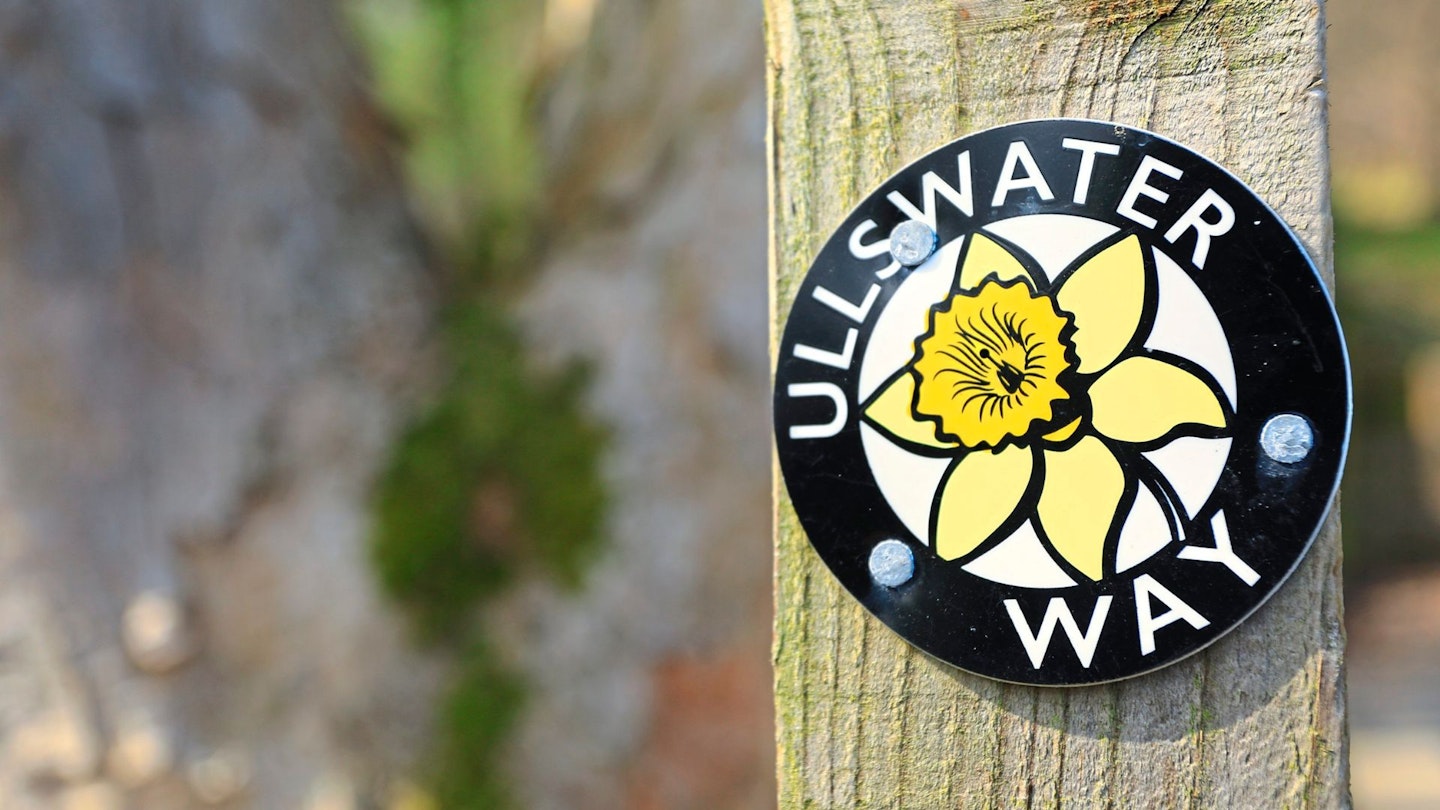
It was at Glencoyne on the edge of Ullswater that Wordsworth spotted his famous host of golden daffodils and the flower now signs a 20-mile trail right around the Cumbrian lake. The Way is mostly low-level and shore-hugging, with one climb at Gowbarrow, and you can circuit in either direction although guidebook author Alfred Wainwright would recommend clockwise as he wrote ‘the lakeside path from Scalehow Beck... to Patterdale (in that direction) is the most beautiful and rewarding walk in Lakeland’.
You can also tackle shorter sections and float back on the steamer; or extend the route with loops to Dalemain and Lowther Castle.
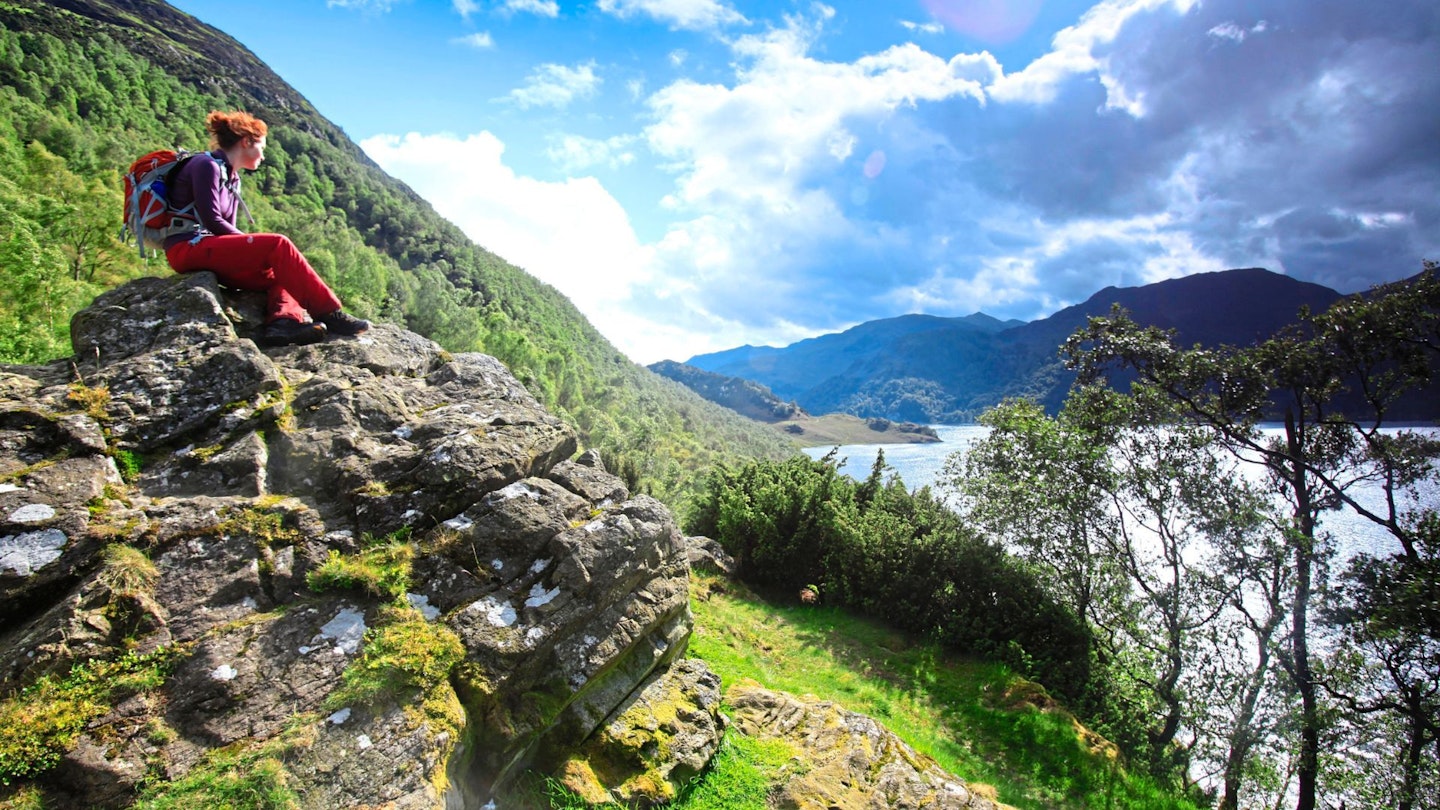
2. Arran Coastal Way
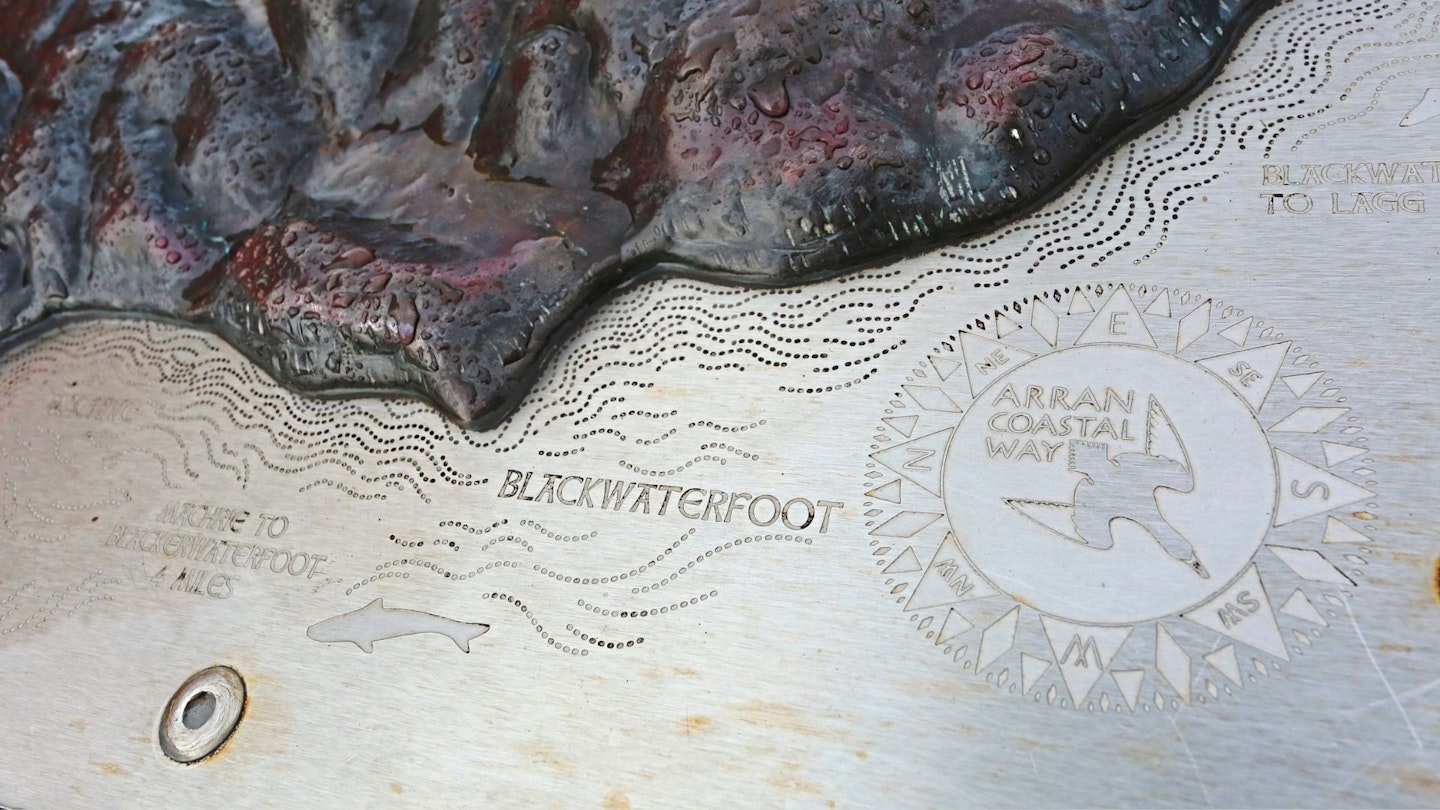
An hour on the ferry and a week by the sea: this trail immerses you in marine wildlife as it circumnavigates the largest island in the Firth of Clyde. You may spot dolphins, seals, otters, even basking sharks and minke whales, and most dramatic of all, the gannet.
Circling high on their six-foot, black-tipped wingspans, they then plunge like spearheads into the waves after fish – a dive captured on the waymarker by local artist Chloe Shaw. The 65-mile trail offers striking terrestrial views too, inland to jagged mountain summits crowned by Goatfell(an optional detour on the Coastal Way) in the northern half of the island, and more gently curving hills in the south.
1. Beacons Way
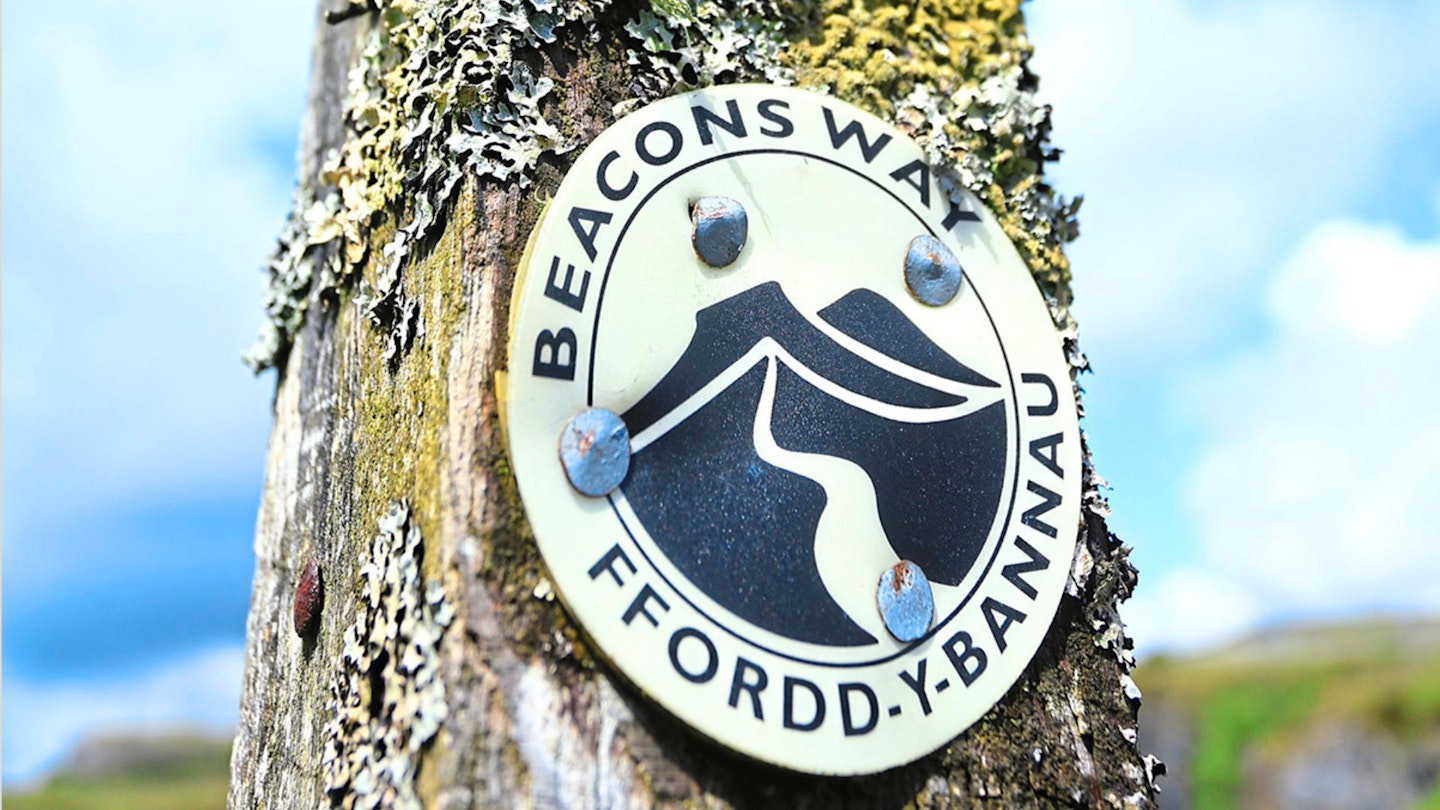
A handsome waymarker for a handsome trail; its black and white lines perfectly capture the elegant swoops of the Bannau Brycheiniog. The path climbing the hill is accurate too, as there’s a lot of up on this 100-mile trail across the national park from the Holy Mountain of Ysgyryd Fawr in the east to Bethlehem in the west, hitting a high at Corn Du and Pen y Fan (2907ft) as pictured above.
Waymarking is limited in places so you’ll need a map, and it makes spotting the next sign all the sweeter.
Did we get it right?
If there’s a gorgeous waymarker we’ve scandalously overlooked, then share it on Country Walking magazine’s Facebook pages
